Exploring the Evolution of Meat Cutting Tools in China: Key Features and Innovations
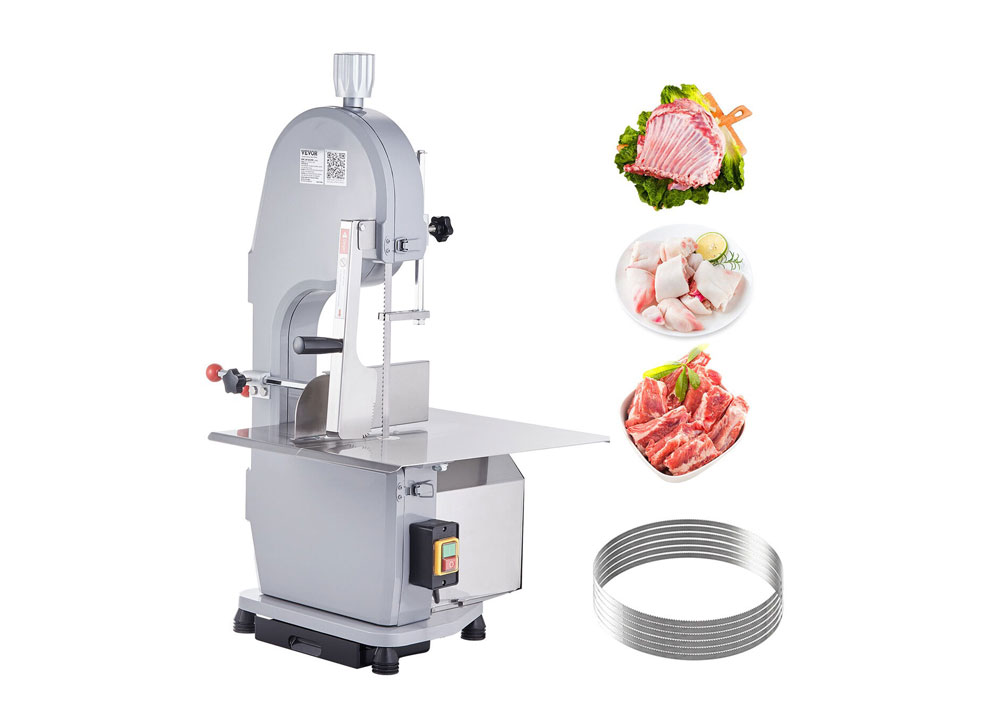
Introduction
The Growing Demand for Meat Cutting Tools in China
As the food processing industry continues to expand in China, the demand for high-quality meat cutting tools has increased dramatically. With an expanding middle class and an ever-growing appetite for diverse meat products, China has become a key player in global meat production, necessitating sophisticated cutting tools to meet the industry's needs.
Importance of Quality Meat Cutting Tools for the Food Industry
The efficiency and precision of meat cutting tools are vital for maintaining high standards of meat quality, hygiene, and food safety. From slaughterhouses to restaurants, each sector within the meat industry relies on these tools to ensure consistency and minimize waste. Well-crafted tools lead to smoother operations and increased productivity.
What Makes Chinese Meat Cutting Tools Stand Out?
Chinese meat cutting tools are known for their cost-effectiveness, innovation, and versatility. Over the years, China has developed a robust manufacturing industry that combines traditional craftsmanship with cutting-edge technology, making Chinese-made tools highly competitive in the global market.
Types of Meat Cutting Tools
Knives: The Classic Meat Cutting Tool
Knives are the cornerstone of any meat cutting operation. Available in various shapes and sizes, knives are used for everything from slicing and trimming to precision deboning. Their sharpness and durability make them an indispensable tool in both commercial and home settings.
Slicers: Precision and Efficiency in Cutting
Meat slicers offer precision and consistency when it comes to cutting meat into thin, uniform slices. These tools are typically used in delis, restaurants, and industrial settings where large volumes of meat need to be processed quickly and uniformly.
Meat Grinders: Versatility for Different Meat Types
Meat grinders are essential tools for processing various types of meat. Whether used for ground beef, sausage production, or mixing different types of meat for specific recipes, grinders offer versatility and efficiency. Electric grinders are widely used in large-scale operations, while manual grinders cater to smaller businesses or home users.
Meat Bandsaws: Heavy-duty Cutting Power
Bandsaws are typically used for cutting large portions of meat, including bones, with ease. The high-powered saw blade allows for precise cutting through dense meat and bone, making it an essential tool for meat processors handling tougher cuts like beef and pork.
Cleavers: The Ultimate Tool for Butchers
Cleavers are large, heavy-duty knives designed to cut through bone and tough cuts of meat. These tools are favored by butchers for their ability to deliver powerful and precise cuts in a single motion. Whether used for chopping, hacking, or sectioning large cuts, cleavers are indispensable in meat processing.
Scissors and Shears: The Unsung Heroes of Meat Cutting
Scissors and shears are often overlooked in meat cutting operations, yet they offer precise control when trimming fat, cutting through small joints, or portioning meat. These tools are especially useful for handling poultry and fish, where precision is paramount.
Bone Saw Blades: Specialized Tools for Hard Cuts
Bone saw blades are specially designed to cut through bone with minimal effort. These saws are commonly used in meat plants and butcher shops for breaking down large cuts of meat into smaller, manageable pieces. They provide the force needed to slice through bone without compromising meat quality.
Deboning Tools: Achieving Clean Cuts for Processing
Deboning tools are specialized knives and hooks that help remove bones from meat efficiently. Precision in deboning is vital for ensuring that the meat remains intact and clean, with no residual bone fragments.
Key Features to Look for in Meat Cutting Tools
Blade Quality: Materials and Durability
The blade quality is paramount when selecting meat cutting tools. High-quality materials, such as stainless steel or carbon steel, ensure that blades remain sharp and durable even with heavy use. Durable blades not only maintain cutting efficiency but also minimize the need for frequent sharpening.
Handle Comfort and Grip: Enhancing User Experience
A comfortable and secure grip is crucial for safe and effective meat cutting. Ergonomically designed handles reduce hand strain, improve control, and minimize the risk of accidents. Materials like rubberized grips or contoured handles help maintain a strong grip, even when hands are wet.
Cutting Precision: Why It Matters in Meat Processing
Precision is the key to efficient meat processing. Tools that offer fine control over each cut help reduce waste and ensure the meat is processed to the desired specifications. Whether slicing, grinding, or deboning, the accuracy of each tool can make a significant difference in the final product.
Safety Features: Avoiding Accidents and Injuries
Safety is a critical consideration in any meat processing operation. Look for tools that feature safety locks, blade guards, and non-slip handles to prevent accidents. Regular maintenance and proper handling also play a key role in maintaining a safe working environment.
Ease of Maintenance: Keeping Tools in Top Condition
To prolong the lifespan of meat cutting tools, they must be easy to maintain. Tools that are easy to disassemble, clean, and sharpen ensure that operations run smoothly with minimal downtime. Regular maintenance not only improves the tool's performance but also contributes to food safety.
Popular Meat Cutting Tool Brands in China
Top Chinese Manufacturers of Meat Cutting Tools
China is home to numerous reputable manufacturers of meat cutting tools. These companies are known for producing high-quality, durable, and affordable equipment that meets the diverse needs of the meat processing industry.
Comparing Local vs. International Brands: What to Choose?
When choosing between local Chinese brands and international brands, it’s important to weigh factors such as price, quality, availability, and after-sales service. Local brands often offer cost-effective solutions without compromising on performance, while international brands may offer more advanced technology and warranties.
How Chinese Brands Are Innovating the Meat Cutting Industry
Chinese manufacturers are constantly innovating their products, incorporating new materials, automation technologies, and ergonomic designs. These innovations help improve efficiency, reduce costs, and meet the growing demands of the global meat processing market.
Technology and Innovation in Meat Cutting Tools
Automation in Meat Cutting: A Leap Towards Efficiency
Automation is transforming meat processing by increasing cutting efficiency, reducing human error, and improving safety. Automated cutting systems, which use robotics and AI, are capable of handling large volumes of meat while maintaining precision and consistency.
Smart Meat Cutting Tools: Integrating IoT Technology
The integration of Internet of Things (IoT) technology into meat cutting tools is enabling manufacturers to create smarter, more efficient tools. These IoT-enabled tools can track usage, provide real-time feedback, and send maintenance alerts, ensuring that the tools remain in optimal working condition.
Ergonomics and Design Advances in Meat Cutting Tools
Ergonomic improvements in meat cutting tools ensure that workers experience less strain and fatigue during long hours of use. Advanced handle designs, lightweight materials, and balanced tool structures allow users to work more efficiently and comfortably.
Materials Used in Meat Cutting Tools
Stainless Steel: The Go-to Material for Durability and Sharpness
Stainless steel is the most common material used in the construction of meat cutting tools. Known for its corrosion resistance and sharpness, stainless steel is both durable and easy to maintain, making it a preferred choice for high-performance meat processing tools.
Carbon Steel: High Performance for Precision Cuts
Carbon steel is favored for its ability to take and hold an extremely sharp edge, making it ideal for precision cuts. Though prone to rusting, its sharpness and ability to be honed make it suitable for specialized tasks, such as fine slicing and deboning.
Ceramic Blades: Lightweight and Razor-sharp
Ceramic blades are becoming more popular for their ability to maintain a sharp edge without frequent sharpening. They are also much lighter than steel blades, reducing hand fatigue during extended use. However, ceramic blades are more brittle and can chip or break if mishandled, so they are typically used in environments where delicacy is key.
Coated Blades: Corrosion Resistance and Longevity
Coated blades, often made from stainless steel with an additional coating of titanium or Teflon, offer enhanced durability and resistance to corrosion. These blades are particularly useful in environments with high humidity or where the tool is frequently exposed to acidic substances, such as marinades or brines. The coating also helps the blade glide smoothly through meat, reducing friction and wear.
How Meat Cutting Tools Are Manufactured in China
The Manufacturing Process: From Concept to Finished Product
The process of manufacturing meat cutting tools in China involves several stages. From initial design and prototyping to the selection of raw materials, each tool is carefully crafted to meet the specific needs of the industry. Advanced machinery and skilled labor ensure that each tool is produced to the highest standards of quality.
Quality Control Standards in Chinese Meat Cutting Tool Factories
Chinese manufacturers adhere to rigorous quality control standards to ensure that each tool performs to its intended specifications. These standards cover everything from blade sharpness and material integrity to safety features and ergonomic design. Many factories are ISO-certified, guaranteeing that their products meet international standards for performance and safety.
Sourcing Raw Materials: Domestic vs. Global Suppliers
The sourcing of raw materials for meat cutting tools in China typically involves both domestic and international suppliers. While some materials, like stainless steel, are sourced locally, high-performance materials such as carbon steel or specialty coatings may be imported. Chinese manufacturers are adept at sourcing quality materials at competitive prices, which helps reduce overall production costs.
Sustainability in Production: Eco-friendly Practices in Chinese Factories
Sustainability is becoming an increasingly important aspect of manufacturing in China, and meat cutting tool factories are no exception. Many manufacturers are adopting eco-friendly practices, such as using recycled materials, reducing waste, and minimizing energy consumption during production. These initiatives help meet the growing global demand for environmentally conscious products.
Meat Cutting Tools for Different Types of Meat
Beef: Tools for Tough Cuts and Large Portions
Beef, especially tougher cuts like brisket or chuck, requires heavy-duty tools capable of cutting through thick tissue and bone. Meat bandsaws, cleavers, and specialized knives are commonly used for this purpose. The right tools are crucial for ensuring clean, accurate cuts that preserve the quality of the meat.
Poultry: Specialized Tools for Efficient Chicken Processing
Poultry requires specialized tools to handle its delicate structure. Poultry shears, boning knives, and meat slicers are commonly used for efficient processing. These tools help achieve consistent cuts and minimize the risk of contamination, as poultry is particularly susceptible to foodborne pathogens.
Pork: Versatile Cutting Tools for Various Cuts
Pork, with its variety of cuts and textures, requires versatile tools. Slicers, cleavers, and boning knives are all used in the preparation of pork. Whether cutting ribs, ham, or pork chops, each tool is designed to handle specific cuts efficiently.
Fish: Precision Tools for Delicate Cuts
Fish requires even greater precision due to its delicate flesh. Specialized filleting knives and boning tools allow chefs and processors to break down fish into perfect portions without damaging the meat. The right tools also help ensure that fish remains fresh and free from bones.
Lamb: Handling Tougher Meat with the Right Tools
Lamb, particularly cuts with significant bone content like lamb chops or leg of lamb, requires tools like cleavers and bone saws. The meat’s tenderness and unique texture necessitate specialized cutting tools that provide both strength and precision.
Choosing the Right Meat Cutting Tool for Your Business
Understanding Your Needs: Commercial vs. Home Use Tools
The scale of your operations will dictate the type of meat cutting tools you need. Commercial operations require heavy-duty, high-volume tools that can withstand constant use, while home users may prefer more compact, user-friendly versions for smaller tasks.
Budget Considerations: Balancing Quality and Cost
While it’s tempting to prioritize cost, selecting the right meat cutting tools is an investment in efficiency and safety. Striking the right balance between affordability and quality will help ensure that the tools meet your needs without compromising performance.
Size and Capacity: Picking the Right Tools for Your Operations
The size and capacity of your tools are essential to meeting your production needs. Consider how much meat you need to process at a time, as well as the space available in your kitchen or processing area, when choosing tools.
Frequency of Use: How Often You Need to Cut Meat
If you plan to use meat cutting tools frequently, investing in high-quality, durable equipment is crucial. For occasional use, more budget-friendly tools may suffice. Regular use will require tools designed to withstand constant wear and tear.
Safety Considerations for Using Meat Cutting Tools
Proper Handling Techniques to Prevent Injuries
Proper handling techniques are essential to minimize the risk of injury when using meat cutting tools. Always use tools as designed, and ensure proper training for workers handling sharp or heavy-duty equipment.
Best Practices for Safe Operation of Meat Slicers and Grinders
When using meat slicers and grinders, safety is paramount. Always follow the manufacturer's instructions for safe operation and maintenance. Regularly check tools for damage and ensure that all safety features are functioning correctly.
Hygiene and Sanitization: Keeping Tools Clean and Safe
Maintaining proper hygiene and sanitation practices is critical in food processing. Clean tools regularly to prevent cross-contamination and ensure that they are free from bacteria and other harmful microorganisms.
Protective Gear for Butchers and Workers
To reduce the risk of injury, workers should wear appropriate protective gear, such as cut-resistant gloves, aprons, and steel-toed boots. This gear provides an added layer of safety when handling sharp tools.
Maintenance and Care for Meat Cutting Tools
Cleaning Your Tools: Daily, Weekly, and Monthly Routines
Establishing a cleaning routine is essential to prolonging the life of meat cutting tools. Daily cleaning includes washing and sanitizing tools after each use, while weekly and monthly maintenance should include deeper inspections, sharpening, and lubrication of moving parts.
Sharpening and Honing: Keeping Blades in Top Shape
Regular sharpening and honing are necessary to keep blades sharp and effective. A dull blade increases the risk of accidents, reduces cutting efficiency, and leads to uneven cuts.
Storing Meat Cutting Tools Properly to Avoid Damage
Proper storage helps protect tools from damage and prolongs their life. Store tools in a dry, clean environment, and use protective covers to prevent blades from dulling or becoming damaged.
Troubleshooting Common Issues with Meat Cutting Tools
Over time, meat cutting tools may experience issues such as dull blades, rusting, or malfunctioning parts. Regular inspections help identify problems early, reducing downtime and ensuring tools remain in good working condition.
Repairing or Replacing Worn-out Parts
When tools become worn or damaged, it's important to either repair or replace worn-out parts promptly. Neglecting tool repairs can lead to decreased efficiency and potential safety hazards.
Buying Meat Cutting Tools in China
How to Source Quality Meat Cutting Tools from China
To source quality tools from China, start by researching reputable manufacturers and suppliers. Look for companies with a proven track record of producing high-quality meat cutting tools and strong customer reviews.
Understanding Import Regulations and Shipping Costs
When importing meat cutting tools from China, it's important to understand the applicable import regulations, tariffs, and shipping costs. Familiarize yourself with the required documentation and customs procedures to ensure a smooth purchasing process.
Tips for Working with Chinese Suppliers
Working with Chinese suppliers can be an efficient and cost-effective option for sourcing meat cutting tools. Communicate your specific needs clearly and establish long-term relationships with trusted suppliers to ensure reliability and quality.
Navigating Online Marketplaces for Meat Cutting Tools
Online platforms like Alibaba and Made-in-China offer a wealth of options for purchasing meat cutting tools. However, it's important to vet suppliers carefully by reviewing product specifications, ratings, and customer feedback.
Negotiating Prices and Terms with Chinese Manufacturers
Negotiating prices and terms is a critical aspect of sourcing tools from China. Buyers should research the typical market price for the tools they are interested in and be prepared to negotiate. Key terms to consider include delivery schedules, warranties, and payment terms.
Meat Cutting Tools in the Chinese Food Industry
Meat Processing in China: How Cutting Tools are Revolutionizing the Industry
In China, meat processing is becoming more efficient thanks to advanced meat cutting tools. These tools are enabling processors to increase productivity, reduce waste, and improve the consistency of meat products. As a result, China’s meat processing industry is experiencing significant growth and modernization.
The Role of Meat Cutting Tools in the Chinese Restaurant Sector
Meat cutting tools play a pivotal role in the Chinese restaurant industry, where fresh, precisely cut meat is a crucial component of many dishes. Whether in large kitchens or smaller establishments, having the right tools ensures that chefs can quickly and efficiently prepare dishes with consistent quality.
Meat Cutting Tools in Traditional Chinese Butcher Shops
Traditional Chinese butcher shops are known for their skillful meat cutting techniques. Tools such as cleavers and specialized knives are essential for butchers to process meat quickly while maintaining precision. Many Chinese butchers still rely on traditional tools, passed down through generations, to achieve the desired cuts for various meats.
How Chinese Meat Cutting Tools Are Exported Worldwide
Chinese meat cutting tools are increasingly being exported to markets around the world. Manufacturers have honed their expertise, producing tools that meet international standards. The rise of e-commerce and online marketplaces has made it easier for foreign businesses to access high-quality Chinese tools, contributing to the global reach of Chinese products.
Future Trends in Meat Cutting Tools in China
The Rise of Sustainable and Eco-friendly Tools
As sustainability becomes a growing concern in the global market, Chinese manufacturers are focusing on producing eco-friendly meat cutting tools. These tools are designed with both performance and environmental impact in mind, using recycled materials and reducing waste during production.
The Role of AI and Robotics in Future Meat Cutting Solutions
AI and robotics are poised to revolutionize the meat cutting industry in China. Automated systems equipped with AI can optimize cutting precision, improve efficiency, and reduce human error. Robotics are already being used in some meat processing facilities, and their role is expected to expand significantly in the future.
Expanding Export Markets for Chinese Meat Cutting Tools
The demand for Chinese-made meat cutting tools is expected to continue growing globally. As international markets recognize the quality and cost-effectiveness of Chinese tools, more businesses are turning to China for their cutting equipment needs. Expanding export markets presents a major opportunity for Chinese manufacturers to solidify their position as global leaders in the industry.
Innovations in Meat Cutting Technology for the Next Decade
Looking ahead, innovations in materials, automation, and design will continue to shape the meat cutting industry in China. Expect to see advancements in blade technology, ergonomics, and automation that will further enhance the efficiency, safety, and quality of meat cutting tools.
Conclusion
Summing Up the Importance of Quality Meat Cutting Tools
Quality meat cutting tools are integral to the food processing industry, ensuring that meat is prepared efficiently, safely, and consistently. The variety of tools available in China allows businesses to select the perfect equipment for their specific needs, whether for home use or commercial operations.
Why Chinese Meat Cutting Tools Are a Strong Choice for the Global Market
Chinese meat cutting tools are renowned for their affordability, innovation, and performance. With a growing reputation for quality, Chinese brands are increasingly sought after in international markets. Their competitive pricing and reliable production make them an attractive choice for businesses worldwide.
Looking Forward: The Future of Meat Cutting Tools in China and Beyond
The future of meat cutting tools in China is bright, with continuous advancements in technology, sustainability, and automation. As demand for these tools grows globally, China is well-positioned to remain a leading player in the production and supply of cutting-edge meat processing equipment for years to come.
Must-Read Blogs For Chain Restaurants Owner








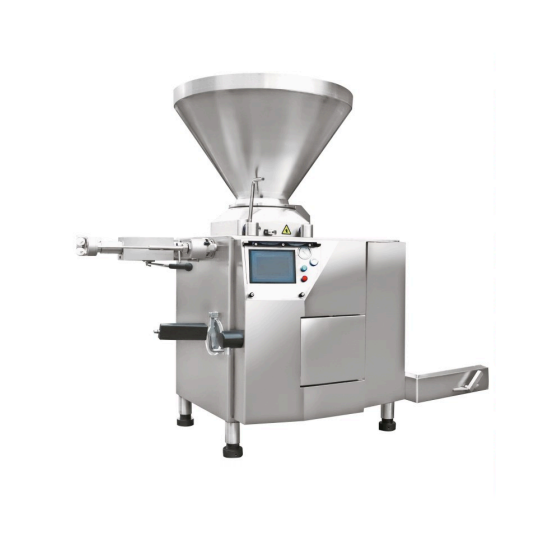
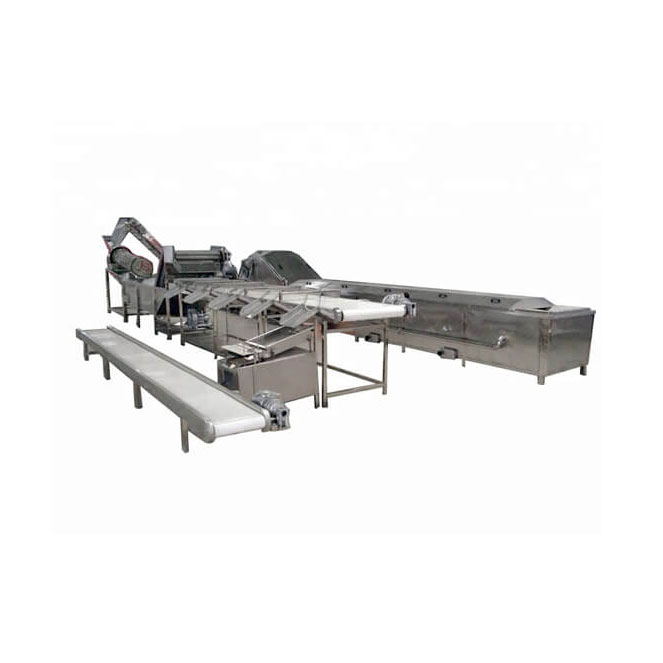
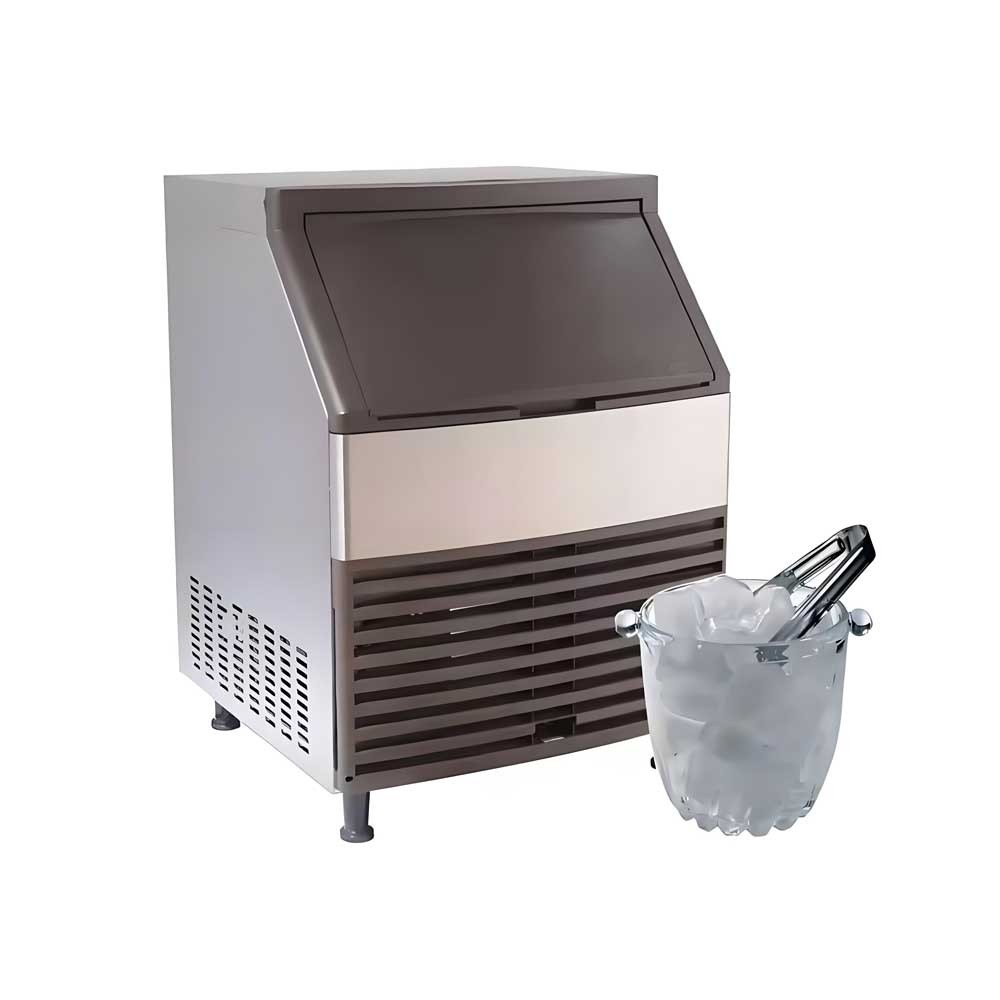
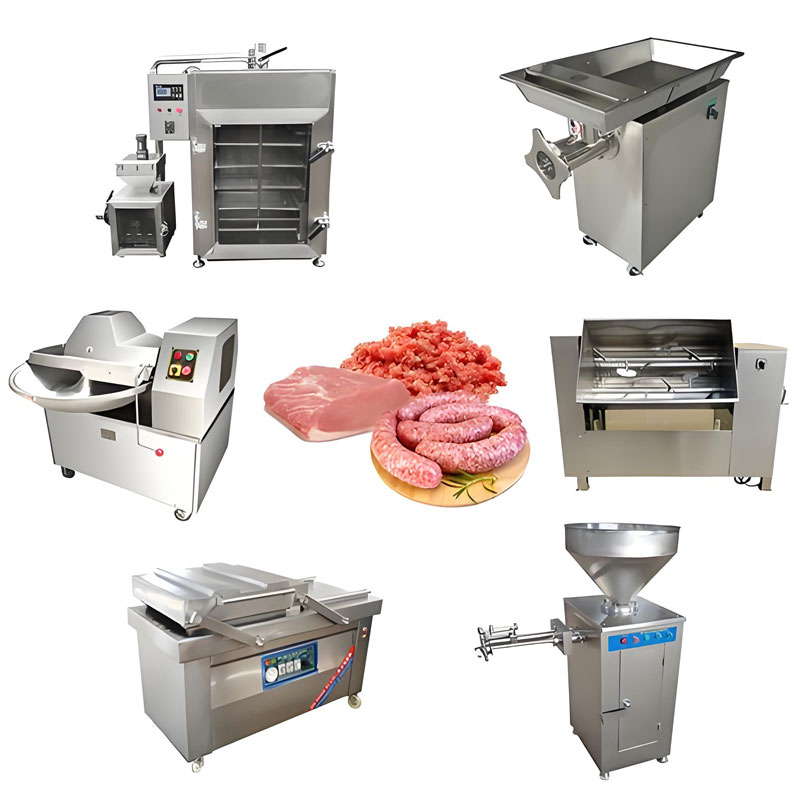 Sausage Stuffer Machine
Sausage Stuffer Machine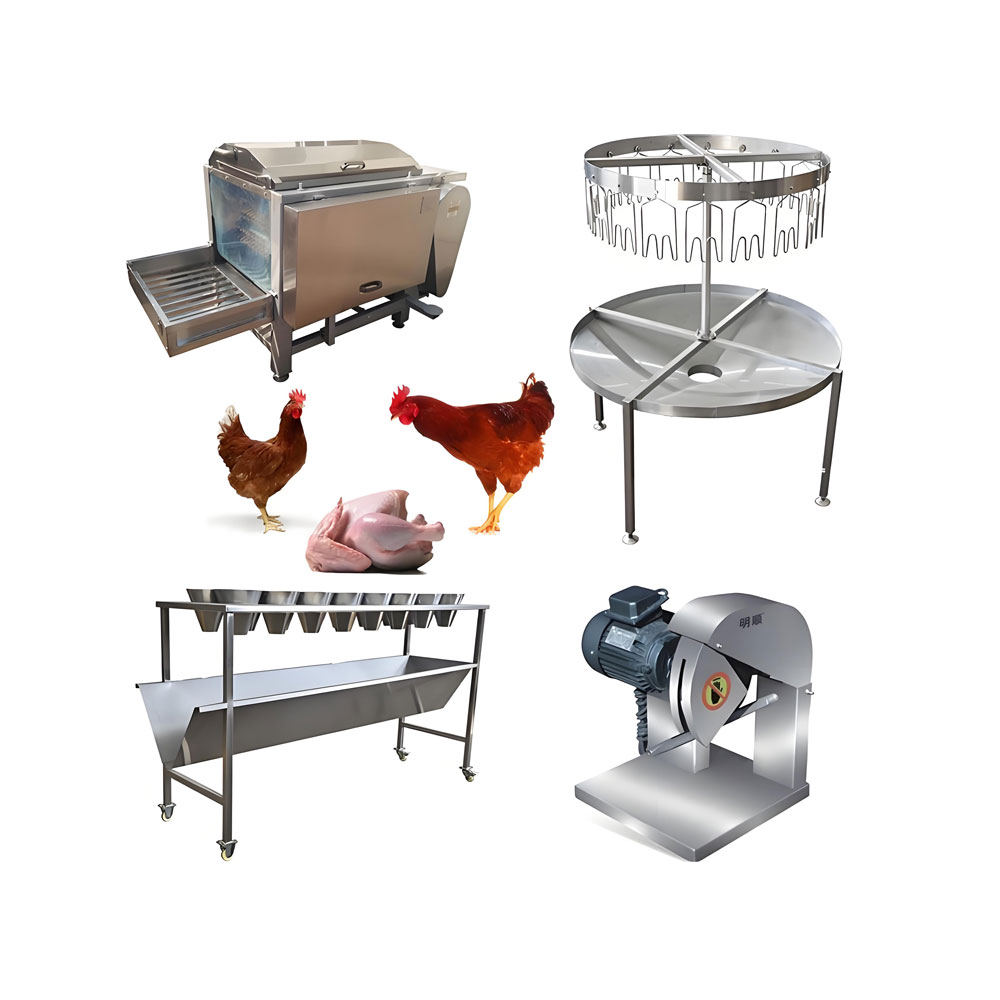 Chicken Slaughtering Machine
Chicken Slaughtering Machine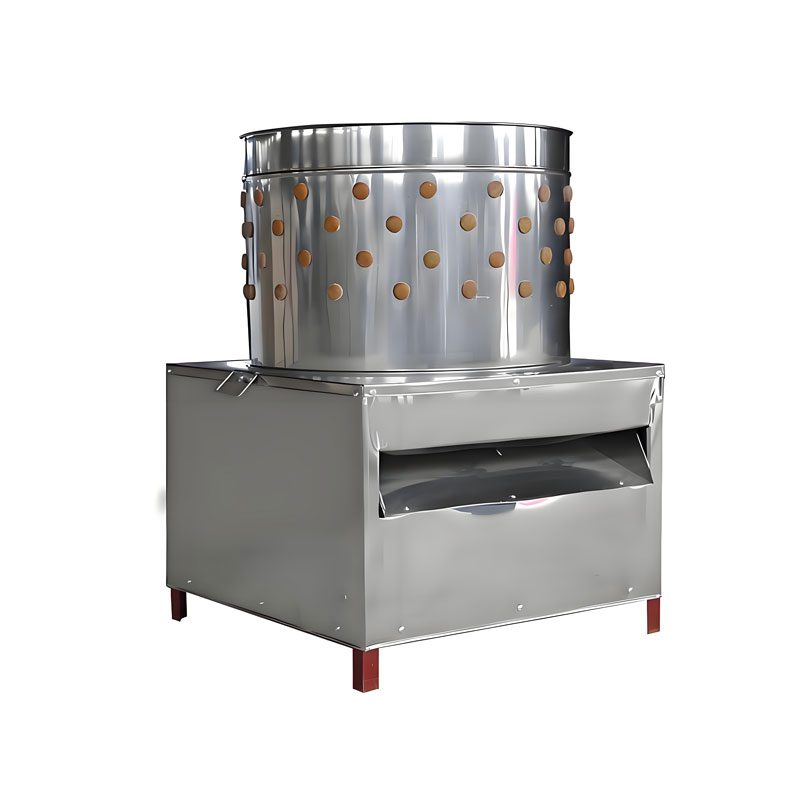 Chicken Plucker Machine
Chicken Plucker Machine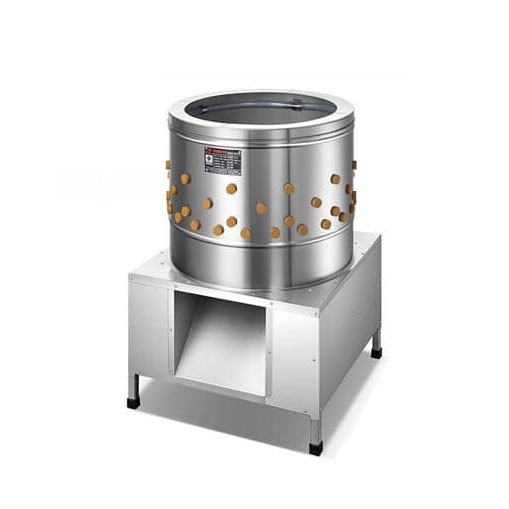 Poultry Feather Removal Machine
Poultry Feather Removal Machine
Ready to Get Started?